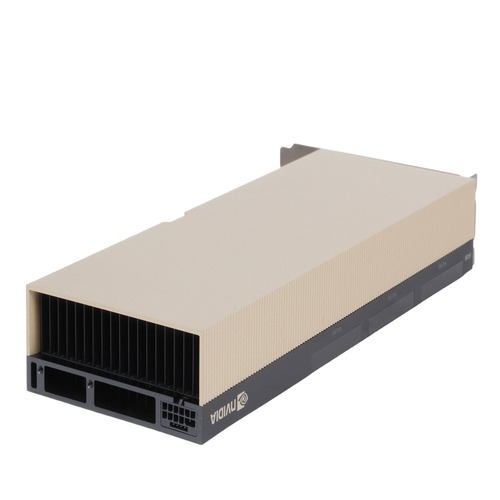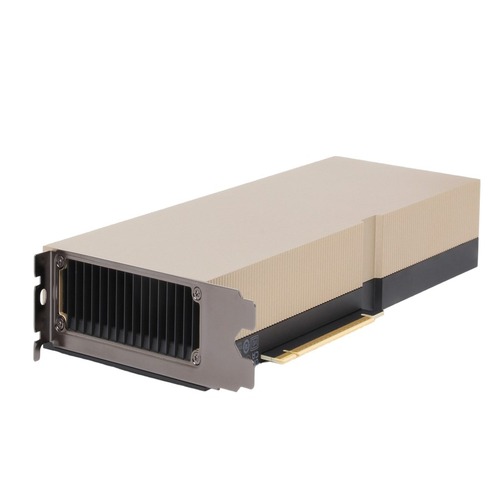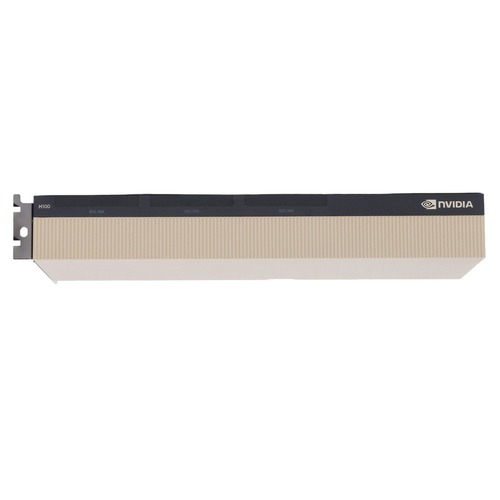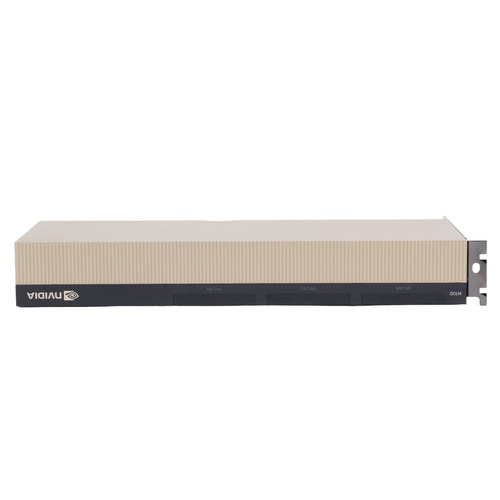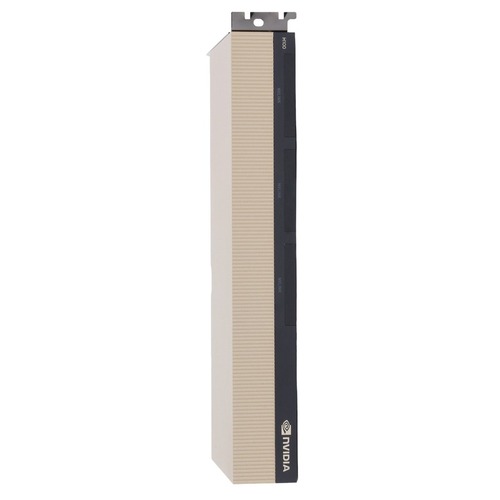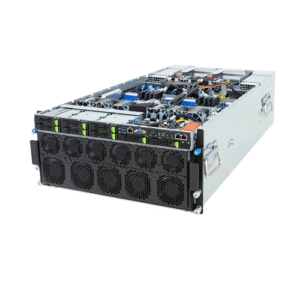Description
NVIDIA Server
NVIDIA’s products offer a diverse range of professional graphics cards engineered for rackmount servers and high-performance workstations. These products are crafted with exceptional quality, featuring large memory capacities and specialized drivers optimized for use in CAD applications, remote collaboration, virtual desktops, 3D visualization, rendering, and machine learning. Unlike standard desktop graphics cards, these professional solutions are often optimized for reduced power consumption.
Theoretical performance
51.22 TFLOPS
Graphics Engine
H100
Graphics memory
VRAM, primarily of the GDDR type today, is a synchronous memory similar to standard RAM. However, graphics memory uses faster throughput and multiple data transfer rates, enabling quicker buffering of data calculated by the graphics card or coprocessor and passed to the processor.
Memory size
94
Memory type
HBM3
CUDA Technology
Professional application users gain significant advantages from CUDA graphics stream processors built on CUDA architecture. This enables the raw computational power of the graphics card to perform specific calculations, significantly accelerating tasks compared to traditional processors, which have far fewer cores.
Stream processors
14592
Number of tensor cores
456
Passive
Passively cooled graphics cards utilize optimized airflow, particularly in server environments, to dissipate heat from the graphics unit without powered moving components. This cooling method is particularly effective for powerful graphics coprocessors.
PCI Express
The PCI Express interface, often found as an expansion slot, ensures the modularity of systems like GPUs, network cards, controllers, M.2 drives, and other expansion cards. Performance and throughput improve with newer generations and wider interfaces. Most modern graphics cards use 16 lanes for processor connections. PCI Express generation 6.0, the latest version, offers a speed of 7.5 GB/s per lane.
BUS
PCIe 5.0 x16

